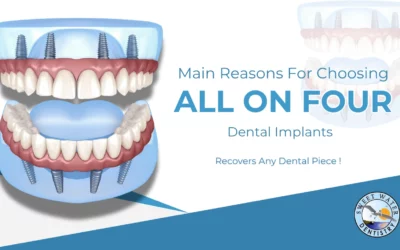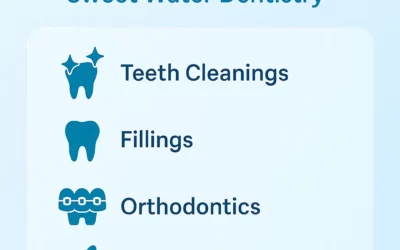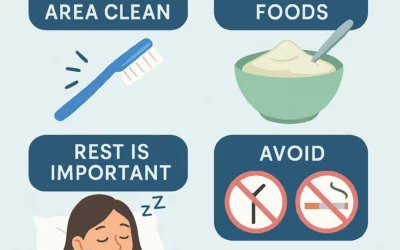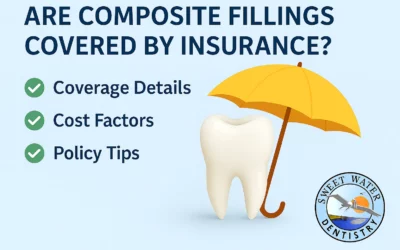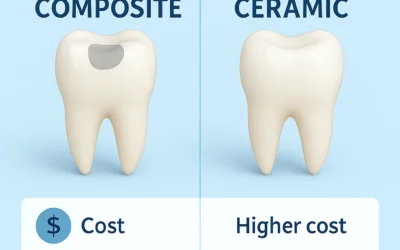Preventive Dental Care for the Whole Family The foundation of a healthy smile isn’t just in fixing problems — it’s in preventing them. At Sweet Water Dentistry in Fairhope, Alabama, we believe that...
Main Reasons for Choosing All-on-4 Dental Implants
Restore Your Smile with Confidence: Main Reasons for Choosing All-on-4 Dental Implants Proudly Serving Fairhope, Pointclear, and Houstonville, AL Call Sweet Water Dentistry at (251) 210-2773 to book...
Smile Design in Fairhope, AL
Smile Design: Transform Your Smile, Transform Your Life – Sweet Water Dentistry Have you ever looked in the mirror and wished your smile felt more like you? At Sweet Water Dentistry, we believe your...
Your Child’s First Dental Visit
Your Child’s First Dental Visit: What to Expect A child’s first dental visit is more than just a checkup — it’s the beginning of a lifelong relationship with oral health. At Sweet Water Dentistry in...
Caring for Your Smile After a Tooth Is Removed
Caring for Your Smile After a Tooth Is Removed Sweet Water Dentistry | Fairhope, Alabama Your Smile Deserves Gentle Care Tooth extractions are common and effective, but your recovery depends on how...
Why Having a Family Dentist Matters
Why Having a Family Dentist Matters When it comes to your family’s health, few things are more important than consistency, trust, and convenience. You likely have a trusted family doctor — someone...
What Is Family Dentistry? A Guide for Every Age
What Is Family Dentistry? A Guide for Every Age When it comes to oral health, every stage of life brings new challenges — from the eruption of baby teeth to the care of aging smiles. That’s where...
Are Composite Fillings Covered by Insurance?
Are Composite Fillings Covered by Insurance? If you're considering composite fillings, one of the most common questions is whether dental insurance will help cover the cost. The answer depends on...
Composite vs. Ceramic Fillings: What’s the Difference?
Composite vs. Ceramic Fillings: What’s the Difference? When it comes to filling materials, composite and ceramic are two highly aesthetic options. While they may look similar, they have distinct...
Composite Fillings for Kids: Are They the Best Choice in Pediatric Dentistry?
Composite Fillings for Kids: Are They the Best Choice in Pediatric Dentistry? If your child has a cavity, you may be wondering what type of dental filling is best. In pediatric dentistry, composite...


